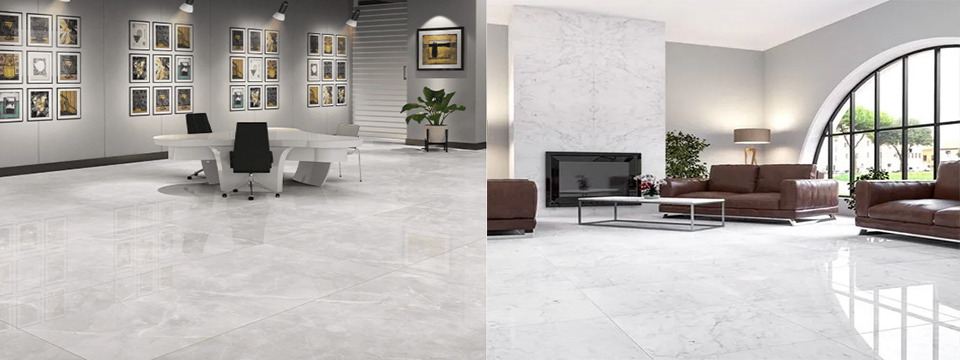1. Demand Surge: Driven by 3 Markets, Expanded Scenario
●Europe: Focuses on "quality + sustainability", with over 50% adoption rate for home kitchen countertops (only 23% for natural marble). No waxing required, high EU CE certification coverage, aligning with green home concepts.
●Middle East: Emphasizes "luxury alternative", customized engineered stone replicates rare marble textures, supporting 3m×1.5m seamless splicing. A 7-star hotel project in Dubai shortened construction period by 25% and reduced costs by 40%.
●Southeast Asia: Highlights "high cost-effectiveness", price is only 1/3-1/2 of natural marble, moisture-proof and mold-resistant for tropical climates. Annual sales growth in Vietnam and Indonesia has exceeded 15% for 3 consecutive years.
Application scenarios now cover hotel receptions, restaurant walls, office partitions, etc., continuously boosting global demand.
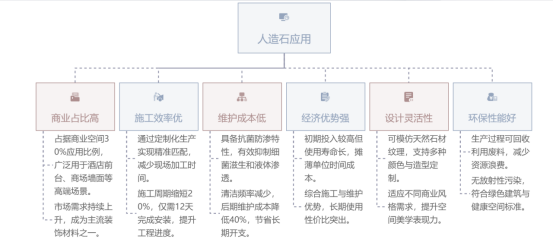
2. 4 Core Advantages: Key to Engineered Stone's Popularity
●Flexible Design: Can adjust formulas to cover all styles, accurately meeting personalized needs like "same color, different textures".
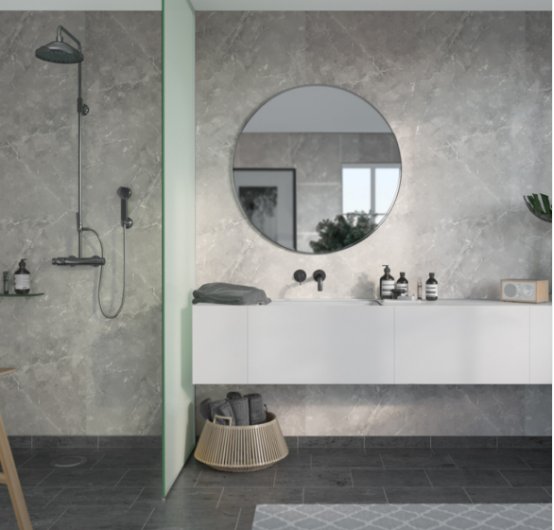
●High Cost-Effectiveness: Controllable production, yield rate over 95%. Renovation cost for kitchen countertops in a 90㎡ home is 4,000-6,000 RMB (10,000-15,000 RMB for natural marble) with similar visual effects.
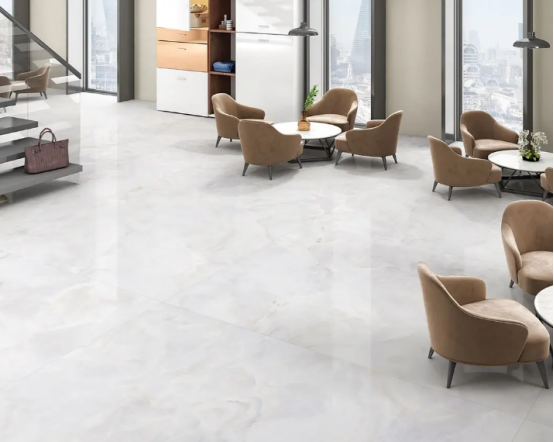
●Durable & Easy Maintenance: Non-porous structure resists stains, Mohs hardness level 5 for scratch resistance, service life 10-15 years, suitable for high-frequency scenarios like kitchens and bathrooms.
●Eco-Friendly & Sustainable: Contains over 30% recycled materials, no dust or heavy metal emissions in production, meets EU E0 standard, becoming a recommended material for green buildings.
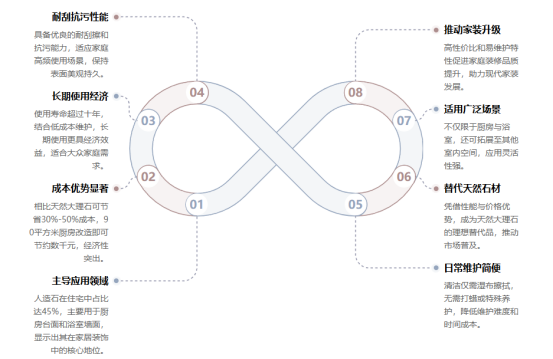
3. Future Outlook: CAGR Over 6% by 2028, Ushering in "Smart + Customization" Era
Authoritative forecasts show that the global engineered stone market will have a CAGR of over 6% by 2028 (only 2%-3% for natural stone), driven by technological upgrading and demand segmentation:
Technology Side: "Antibacterial engineered stone" has been launched (reducing bacterial growth by over 90%), and "heated countertops" and "sensor walls" will expand applications in the future.
Demand Side: "Functional customization" becomes mainstream, such as high-temperature resistant tabletops for hot pot restaurants and corrosion-resistant workbenches for laboratories.
Full-industry-chain enterprises like Yuanda Stone, with over 20 years of experience, 3 production bases and one-stop service of "design-production-delivery-installation", represent the core competitiveness in the market.

Conclusion
The rise of engineered stone reshapes the value logic of interior design. In the future, it will become a core bridge connecting "aesthetics and practicality", "cost-effectiveness and quality", "personalization and sustainability", defining the new material standard for interior design.

